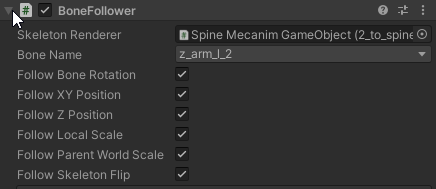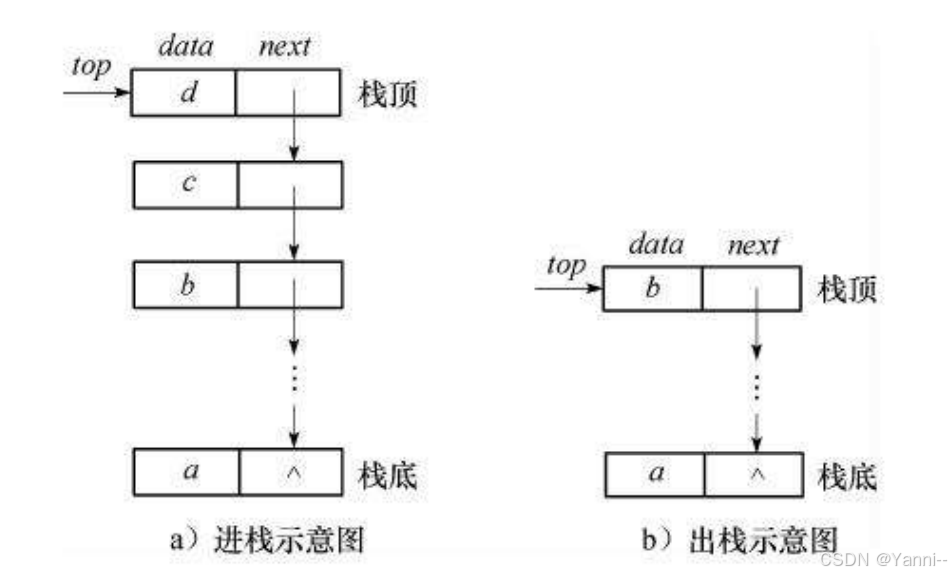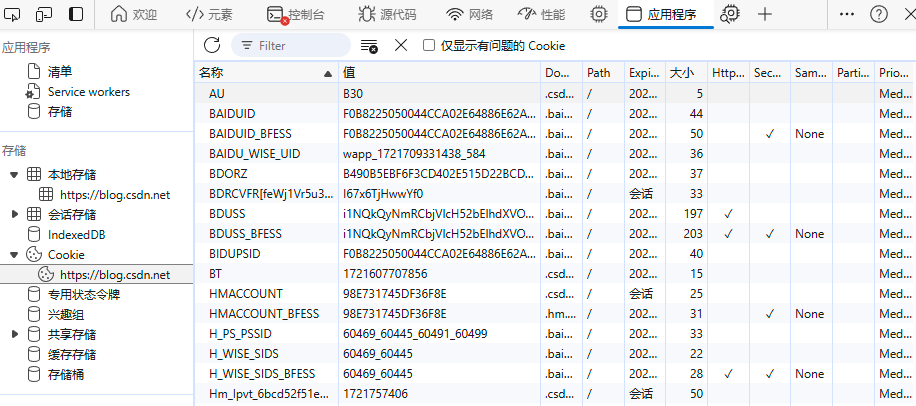自监督学习(Self-Supervised Learning,SSL)是一种机器学习方法,旨在利用未标记数据进行训练。这种方法通过从数据本身生成伪标签,来创建监督信号,使得模型能够学习有效的数据表示。自监督学习在深度学习领域尤其受到关注,因为标记数据往往昂贵且难以获得,而未标记数据则大量存在。
1.自监督学习的关键概念
1.1 预训练与微调:
自监督学习通常涉及两个步骤:预训练和微调。首先,在大量的未标记数据上进行预训练,学习通用的数据表示。然后,在小规模的标记数据上进行微调,以适应特定任务。
1.2 生成伪标签:
自监督学习通过设计预任务(Pretext Task)来生成伪标签。模型通过解决这些预任务来学习数据的特征。常见的预任务包括预测数据的某部分、数据的某些属性或数据的转换形式。
2.常见的自监督学习方法
2.1 对比学习(Contrastive Learning):
对比学习方法通过将数据转换(如图像的不同视角)作为正样本配对,将其他数据作为负样本。模型通过最大化正样本的相似性和最小化负样本的相似性来学习表示。例如,SimCLR 和 MoCo 都是对比学习的典型方法。

2.2 自动编码器(Autoencoders):
自动编码器通过压缩数据到低维表示,然后重构原始数据,来学习数据的表示。变分自动编码器(VAE)和去噪自动编码器(Denoising Autoencoder)是常见的变种。

2.3 生成模型(Generative Models):
自监督学习还可以通过生成数据来学习表示。例如,生成对抗网络(GANs)通过训练生成器和判别器的对抗性来生成逼真的数据。

2.4 预测任务(Prediction Tasks):
设计特定任务来预测数据的某些部分。例如,语言模型(如 GPT 系列)通过预测下一个词来学习文本表示;图像模型可以通过填补图像的遮挡部分来学习图像表示。
3. 自监督学习的应用
3.1 自然语言处理(NLP):
自监督学习在 NLP 中非常成功。预训练语言模型(如 BERT、GPT)在大量未标记文本上进行预训练,然后在具体任务(如情感分析、机器翻译)上进行微调,表现出色。
3.2 计算机视觉(CV):
自监督学习在计算机视觉中也取得了显著进展。例如,使用对比学习方法预训练图像分类模型,然后在标记数据上进行微调,可以提升图像分类的性能。
3.3 语音和音频处理:
自监督学习方法也被应用于语音识别和音频分析,通过预训练学习语音特征表示,然后微调特定任务。
4. 自监督学习的优势
- 数据效率:利用大量未标记数据进行预训练,提高数据使用效率。
- 通用表示:通过预训练学习到的表示在多种下游任务上都能表现良好。
- 减少标注成本:减少对大量标记数据的依赖,降低数据标注的成本和时间。
- 自监督学习正在成为深度学习研究和应用中的一个重要方向,推动了在缺乏标记数据的情况下实现高效学习和高性能模型的开发。
5. 参考文献
[1]BERT: Pre-training of Deep Bidirectional Transformers for Language Understanding.
Devlin, J., Chang, M. W., Lee, K., & Toutanova, K. (2018). In Proceedings of the 2019 Conference of the North American Chapter of the Association for Computational Linguistics: Human Language Technologies, Volume 1 (Long and Short Papers) (pp. 4171-4186).
[2]SimCLR: A Simple Framework for Contrastive Learning of Visual Representations.
Chen, T., Kornblith, S., Noroozi, M., & Hwang, Y. (2020). In Proceedings of the 37th International Conference on Machine Learning (Vol. 119, pp. 1597-1607).
[3] MoCo: Momentum Contrast for Unsupervised Visual Representation Learning.
He, K., Fan, H., Wu, Y., Xie, S., & Girshick, R. (2020). In Proceedings of the IEEE/CVF Conference on Computer Vision and Pattern Recognition (CVPR) (pp. 9729-9738).
[4]Denoising Autoencoders: Unsupervised Learning of Image Representations
Vincent, P., Larochelle, H., Bengio, Y., & Manzagol, P.-A. (2008). In Proceedings of the 25th International Conference on Machine Learning (ICML) (pp. 1096-1103).
[5]A Simple Framework for Contrastive Learning of Visual Representations
Chen, T., Kornblith, S., Noroozi, M., & Hwang, Y. (2020). In Proceedings of the 37th International Conference on Machine Learning (ICML).
[6]Learning Representations by Maximizing Mutual Information Across Views
Bachman, P., Hjelm, R. D., & Buchwalter, W. (2019). In Proceedings of the 36th International Conference on Machine Learning (ICML).
[7]Self-supervised Learning: The Dark Matter of Intelligence
Goyal, P., et al. (2021). In Proceedings of the 38th International Conference on Machine Learning (ICML).
[8]Big Self-Supervised Models are Strong Semi-Supervised Learners
Xie, Q., et al. (2020). In Proceedings of the 37th International Conference on Machine Learning (ICML).







![[Spring] MyBatis操作数据库(基础)](https://i-blog.csdnimg.cn/direct/aefefea88c824654934a189f782fcef4.png)











